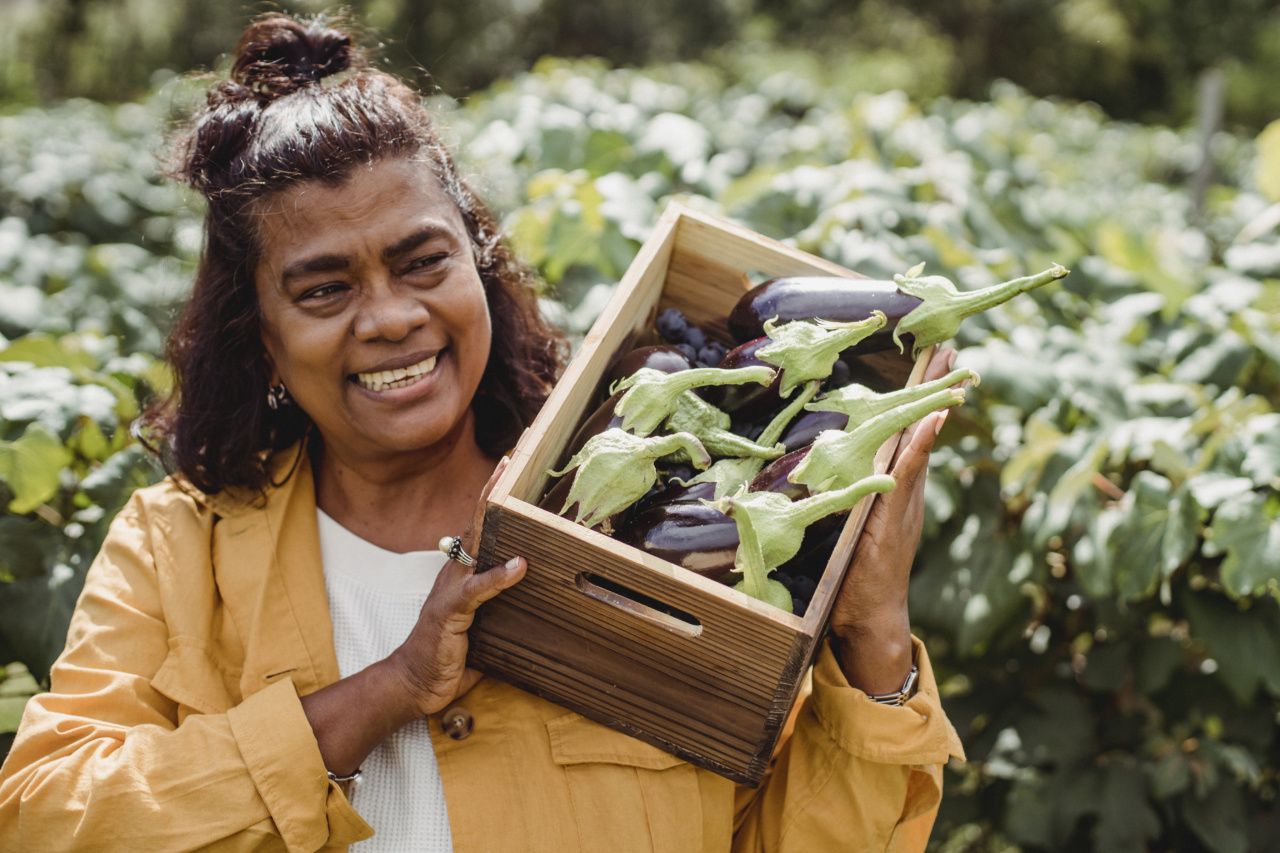Living in the present moment is the key to happiness and contentment. When we focus on the present, we can let go of the worries of the past and the anxieties of the future. We can fully enjoy the beauty of life as it unfolds in real-time.
Here are five daily practices to cultivate joy and live in the present moment:.
1. Practice Mindfulness
Mindfulness is the practice of being fully present and engaged in the current moment, without judgment or distraction.
By taking the time to focus on our senses, feelings, emotions and thoughts, we can cultivate a deeper awareness of ourselves and the world around us. Mindfulness meditation is a great way to start the day, whether it’s a few minutes of deep breathing, body scans or guided meditations.
During the day, try to be present in whatever activity you are doing, whether it’s working, eating, walking or talking with others. Pay attention to your breath, the sensations in your body, and the environment around you.
2. Gratitude Practice
Gratitude is the practice of noticing and appreciating the good things in our lives – both big and small. By focusing on the positive, we can cultivate a sense of joy and contentment in the present moment.
Start your day with a gratitude practice, whether it’s writing in a journal or simply taking a few minutes to think of things you are thankful for. As you go about your day, try to notice the good things that happen – a beautiful sunset, a kind word from a friend, a good cup of coffee. At the end of the day, take a moment to reflect on the positive experiences of the day.
3. Focus on the Present Moment
One of the biggest obstacles to living in the present moment is allowing our minds to wander to thoughts and worries about the past or the future.
By focusing our attention on the present moment, we can let go of these distractions and fully appreciate the beauty of what is happening right now. One way to do this is by practicing deep breathing. Whenever you find your mind wandering, take a deep breath and draw your attention back to the present moment.
You can also try doing a body scan, paying attention to the sensations in each part of your body, or counting your breaths to keep your mind anchored in the present moment.
4. Connect with Nature
Connecting with nature is a great way to cultivate joy and live in the present moment.
Whether it’s a walk in the park, a hike in the mountains, or a dip in the ocean, being in nature can help us feel more relaxed, grounded and connected to the world around us. Take a few moments each day to connect with nature, whether it’s taking a break to look at the sky, going for a walk around the block, or simply looking at a plant or a flower.
You can also try meditating in nature, focusing on the sounds, smells, and sensations of your surroundings.
5. Cultivate Positive Relationships
Positive relationships are essential for our emotional wellbeing and happiness. By cultivating positive relationships with others, we can create a sense of connection and community, which can help us feel more connected to the present moment.
Take the time to connect with others each day, whether it’s having a conversation with a friend, calling a family member, or simply smiling and saying hello to a stranger. Surround yourself with people who support and inspire you, and let go of relationships that drain your energy or make you feel negative.
Cultivating joy and living in the present moment is a lifelong practice, but it is worth the effort.
By taking the time to cultivate mindfulness, gratitude, focus, nature and positive relationships, we can experience more joy and contentment in our lives.































